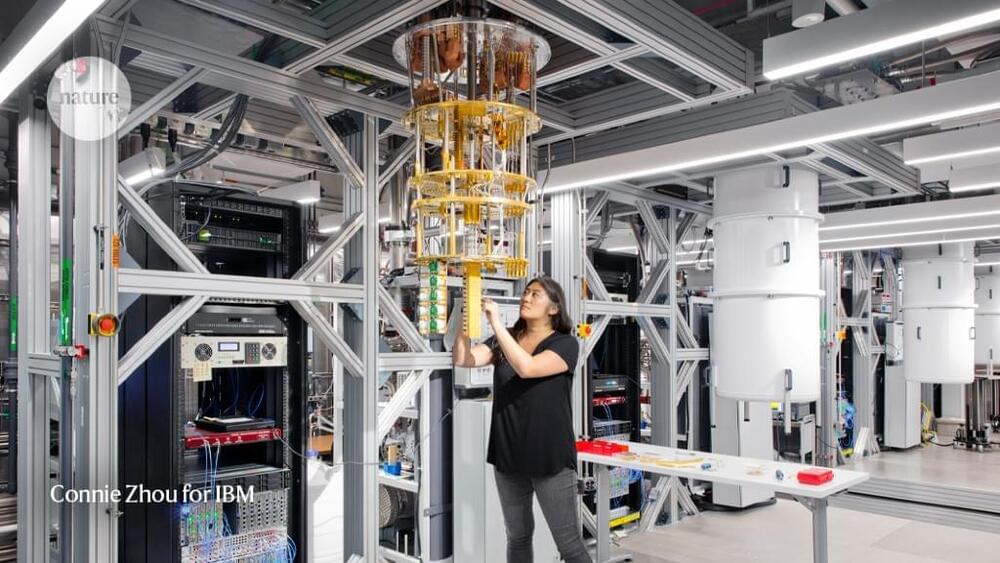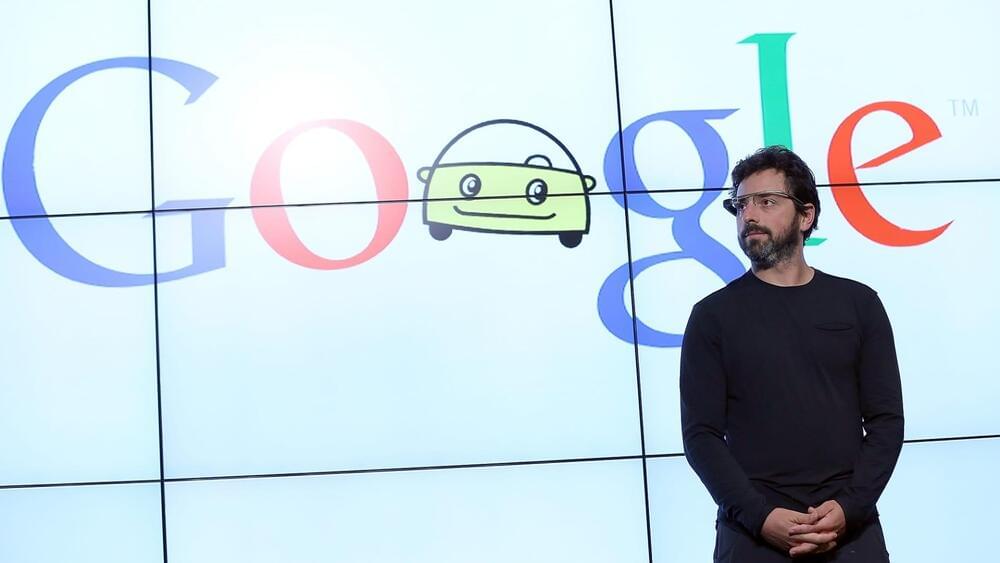Jan 10, 2023
This Company Is Using Generative AI To Design New Antibodies
Posted by Gemechu Taye in categories: biotech/medical, information science, robotics/AI
You have probably heard of ChatGPT and DALLE-E, a new class of AI-powered software tools that can create new images or write text. The algorithm brings to life any idea you may have by putting together fragments of what it has previously seen — such as images annotated with meta-descriptions of what they represent — to generate original content from user-defined input. But now generative AI technology is revolutionizing drug discovery. Absci Corporation (Nasdaq: ABSI) is using machine learning to transform the field of antibody therapeutics: Absci has put out a press release today announcing the ability to create new antibodies with the use of generative AI.
GenerativeAI: You’ve seen it with images like DALL-E, you’ve seen it with text like ChatGPT. Now you can see it with protein design as well.


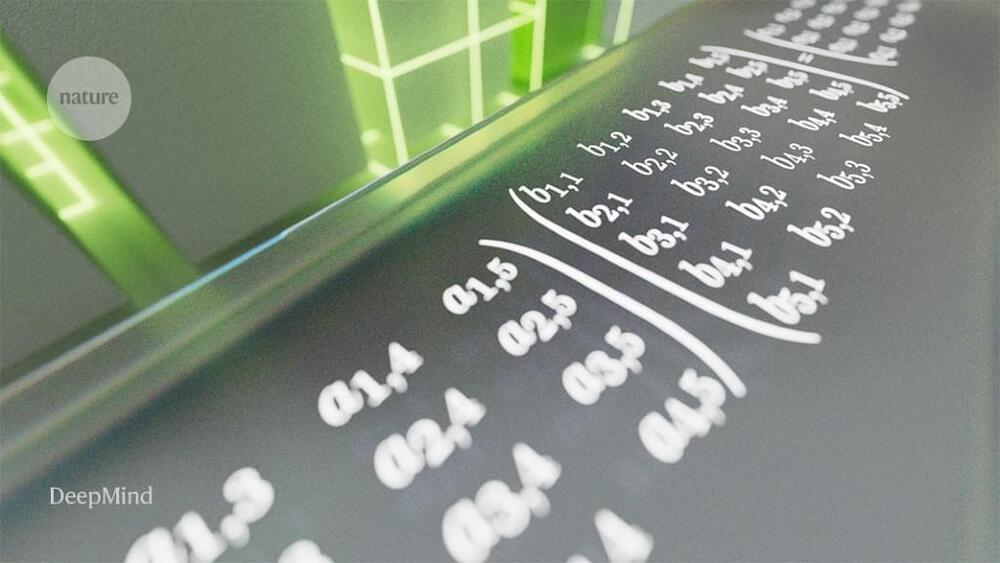
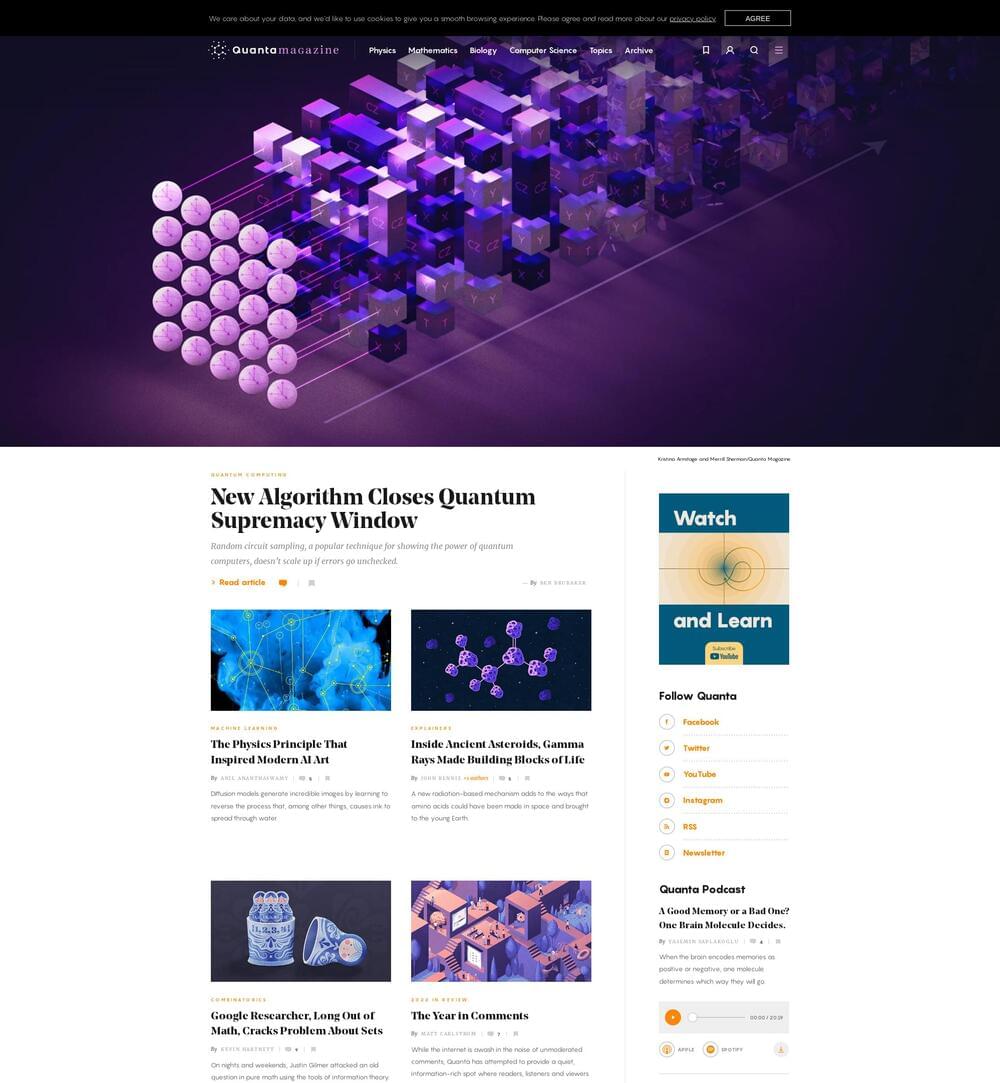
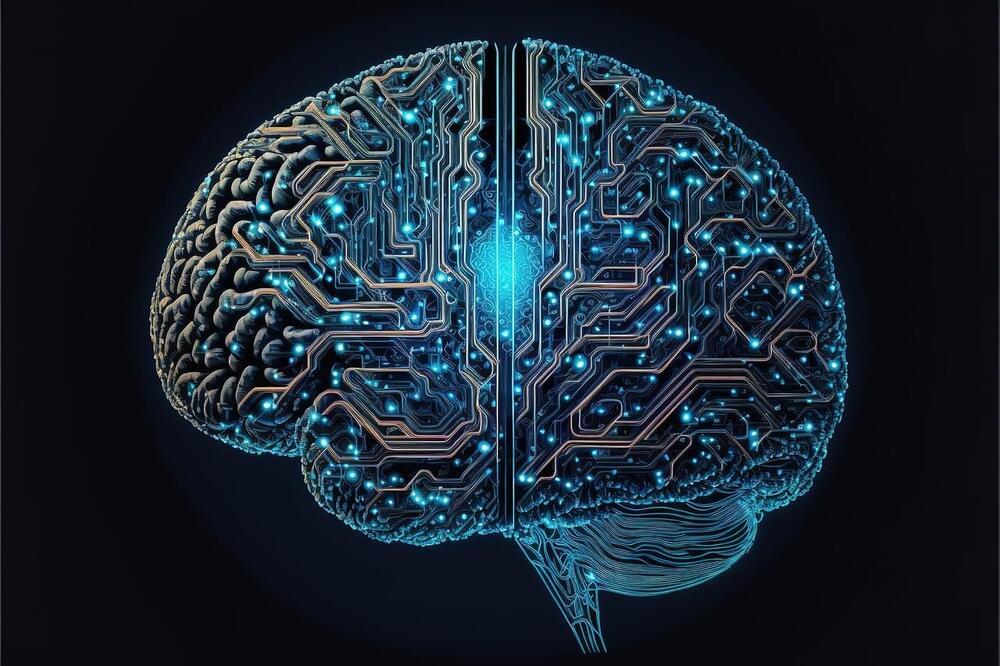
 עברית (Hebrew)
עברית (Hebrew)